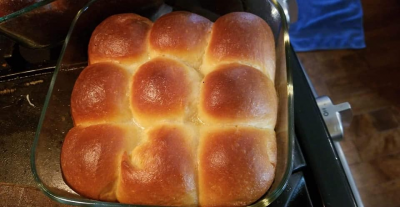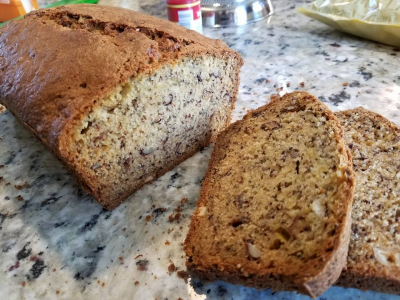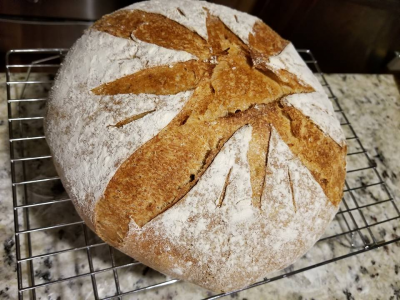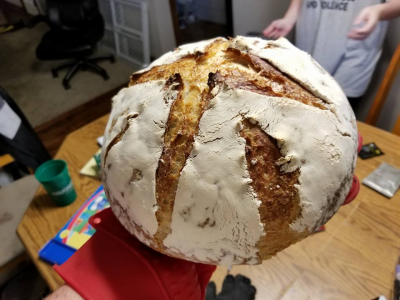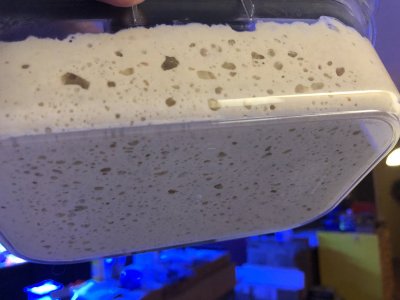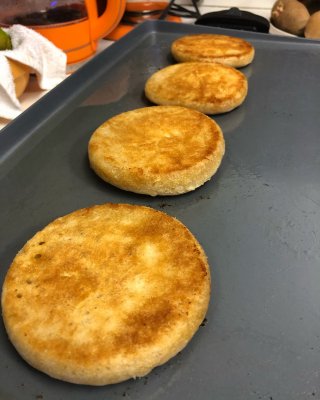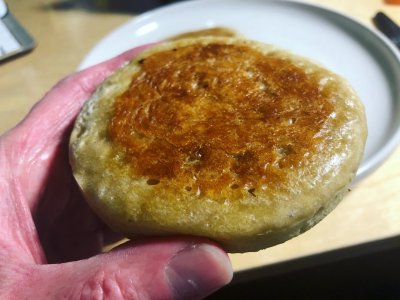Also you can just leave it on counter it's not going to cook as easily. Just takes a few more days for the bac to eat through all the food. So it takes longer for the bubbles and rise. My apartment is 60s temp and instead of every day, i did every other day feeding after the third day to give it more time due to cooler temps. By day 10 it was ready to go.
Wow... you got it going with the temp in the 60s? That's exactly what I needed to hear. I was worried that 60s would never work. Thanks @swiss1939!!!








